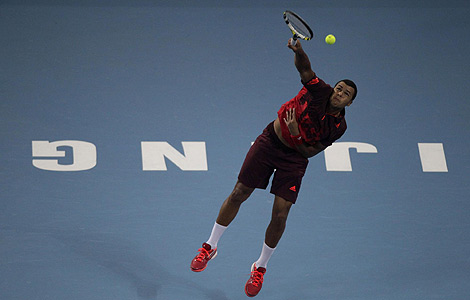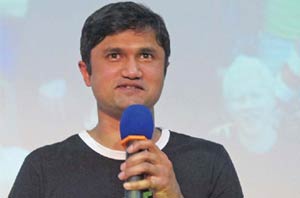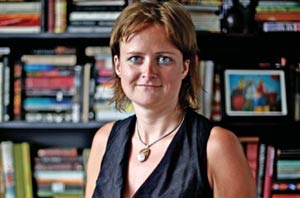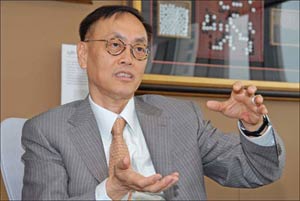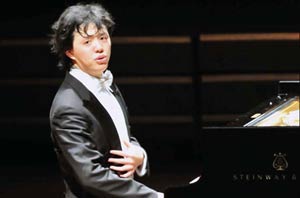Ridiculed work wins Nobel for Israeli
Updated: 2011-10-09 08:56
(China Daily)
|
|||||||||
"You can normally explain in simple terms where in a crystal each atom sits - they are very symmetrical," Phillips said. "With quasicrystals, that symmetry is broken: there are regular patterns in the structure, but never repeating."
An intriguing feature of such patterns, also found in Arab mosaics, is that the mathematical constant known as the Greek letter tau, or the "golden ratio", occurs over and over again. Underlying it is a sequence worked out by Fibonacci in the 13th century, where each number is the sum of the preceding two.
Living things, including flowers, fruit and shellfish, also demonstrate similar arrangements, which scientists associate with the efficient packing of materials into growing organisms.
Quasicrystals are very hard and are poor conductors of heat and electricity, offering uses as thermoelectric materials, which convert heat into electricity. They also have non-stick surfaces, handy for frying pans, and appear in energy-saving light-emitting diodes (LEDs) and heat insulation in engines.
Astrid Graslund, secretary for the Nobel Committee for chemistry, said: "The practical applications are as of now, not so many. But the material has unexpected properties. It is very strong, it has hardly any friction on the surface. It doesn't want to react with anything - they cannot ... become rusty.
"But it is more a conceptual insight - that these materials exist and we need to re-write all textbooks about crystals - it's a shift of the paradigm, which I think is most important."
Battle of belief
Since Galileo was mocked by established scientists and persecuted by the church in the 16th century for observing that the Earth moved round the Sun rather than the reverse, overturning accepted wisdom has never been easy, as several of this year's Nobel prizewinners in science have shown.
Research that was largely ignored for years secured the medicine prize for the late Ralph Steinman and the astounding finding that the universe's expansion was speeding up not slowing down meant the physics prize for its joint discoverers.
But in a year when science is in a froth over whether particles may have been fired from Geneva to Italy faster than the speed of light - apparently defying Einstein - few in the modern age have had to battle disbelief as hard as Shechtman.
"He dealt with the skepticism in a very scientific and gentlemanly manner and answered his critics as every scientist should - through science," Ron Lifshitz, a physics professor at Tel Aviv University, told Reuters. "There were also personal slurs but those did not warrant a response ... . He believed in his own work and carried on with determination."
Interviewed about his Nobel by television in Israel, where the award was big national news for a small country with a long roster of laureates, Shechtman spoke of a photograph in his office that showed a small cat sipping water, surrounded by angry dogs; a biblical inscription read: "Though I walk through the Valley of the Shadow of Death, I will fear no evil".
"That's the way I felt for many years," Shechtman chuckled. "It accurately describes the situation, during that period."
He "trusted in his science", however, and came to see the criticism by the late Pauling, which Shechtman has described as "almost theological", as a positive source of strength:
"When you're a young scientist, and you're faced with perhaps the top international scientist, Professor Linus Pauling ... and he argues with you as an equal, and you know that he is wrong - that's not really such a bad feeling."



